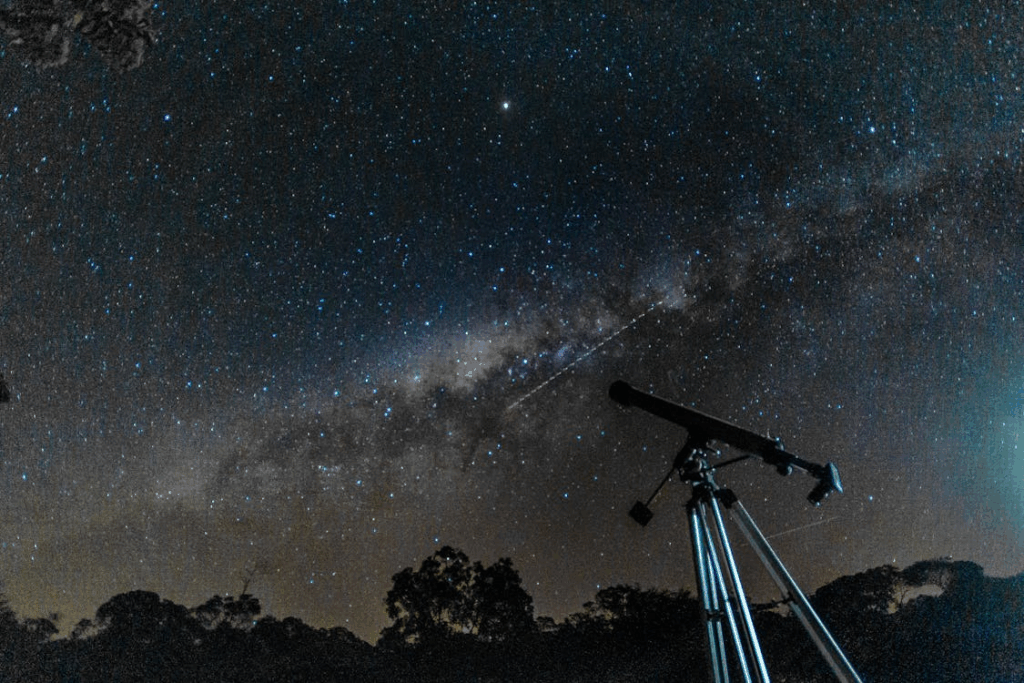No matter how much you clean, it always comes back – the thin, stubborn film on your furniture, electronics, and shelves. Dust is one of the most persistent and unavoidable features of daily life. But this ordinary nuisance has an extraordinary story.
Every speck of dust carries history: cosmic, biological, and environmental, and without it, life as we know it might not even exist.
What Dust Is Really Made Of
Dust isn’t a single substance. It’s a mixture of tiny particles that come from both Earth and beyond. In the average home, dust is composed of:
- Dead skin cells and hair (up to 50% in many environments)
- Textile fibers from clothes, carpets, and furniture
- Soil and pollen carried in from outside
- Microscopic minerals from concrete, paint, and plaster
- Airborne pollutants and soot from cooking or candles
- Cosmic dust: tiny fragments of meteorites and interstellar material
Scientists estimate that thousands of tons of space dust settle on Earth every year. So when you wipe down a surface, you’re literally cleaning up the remains of stars.
Check out Why Ice Floats but Rocks Don’t for an easy physics refresher.
Why It Never Disappears
Dust is inevitable because it’s constantly being created. Every time something breaks down, such as fabric fraying, skin shedding, or air currents moving, microscopic particles are released.
Air movement keeps these particles suspended, especially indoors, where ventilation and static electricity help them cling to surfaces. Even in sealed rooms, they accumulate from fibers and human activity. The second law of thermodynamics, which describes the natural tendency toward entropy, virtually guarantees that disorder (and therefore dust) will always increase.
Add to that gravity’s gentle pull, which causes particles to settle, and you have an endless cycle: generation, suspension, and accumulation.
Dust and the Air We Breathe
Though small, they play a massive role in our environment. In the atmosphere, dust particles, which are known as aerosols, act as nuclei for cloud formation. Water vapor condenses around them, forming droplets that eventually become rain or snow. Without dust, precipitation would be rare, and Earth’s climate would look entirely different.
However, too much airborne dust can cause problems. Fine PM2.5 particles (those smaller than 2.5 micrometers) can penetrate deep into the lungs, aggravating allergies and respiratory conditions. That’s why air purifiers and filters target these microscopic invaders specifically.
See How Trees “Talk” to Each Other Underground to connect tiny particles with ecosystem networks.
Cosmic Dust: The Universe’s Glitter
Beyond Earthly grime, dust has a cosmic role. Space dust, consisting of tiny silicate and carbon-based grains, fills the space between stars. These particles are remnants of ancient supernovae and collapsing stars, which have drifted through galaxies for billions of years.
When these particles collide and clump together, they form the seeds of new planets and stars. Astronomers have even detected organic compounds, including amino acids, embedded in cosmic dust—potential ingredients for life itself.
So the same particles you see floating in a sunbeam might be made of atoms forged in long-dead stars, connecting your living room to the birth of the universe.
Don’t miss Why We Haven’t Found Aliens (Yet) for a wider space perspective.
The Poetry of Particles
Dust is both humbling and poetic. It settles on everything we build and touch, a reminder that all matter is temporary and in motion. It’s in the air we breathe, the soil we walk on, and the clouds that give us rain.
In a way, it is the great recycler. It breaks down the old to make room for the new, carrying fragments of the past into the present. The next time you see it glinting in sunlight, remember: you’re looking at a cosmic collage of life, death, and stardust.




